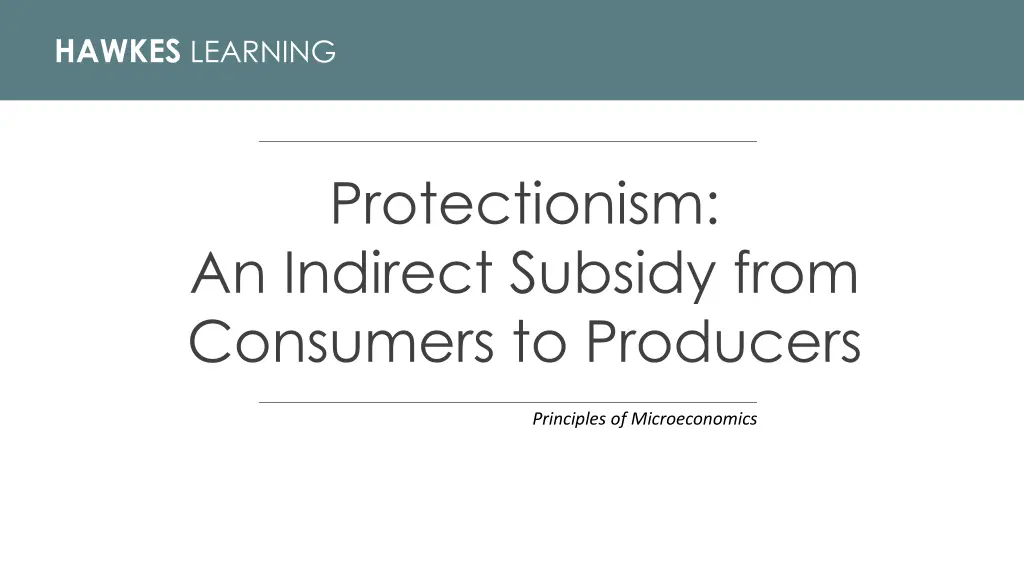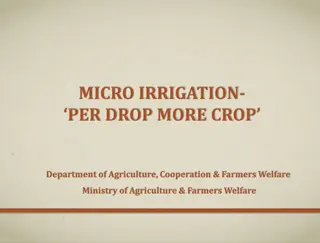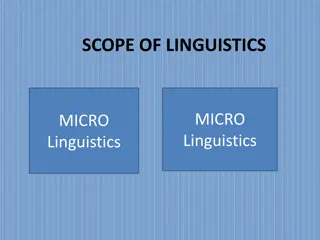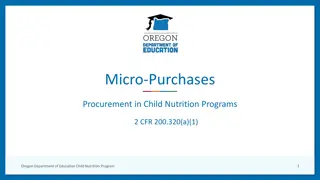
Protectionism in International Trade
Explore the concept of protectionism in international trade through various strategies such as tariffs, import quotas, and nontariff barriers. Understand how protectionist policies impact domestic producers, workers, and consumers, influencing global economic dynamics and trade relations.
Download Presentation

Please find below an Image/Link to download the presentation.
The content on the website is provided AS IS for your information and personal use only. It may not be sold, licensed, or shared on other websites without obtaining consent from the author. If you encounter any issues during the download, it is possible that the publisher has removed the file from their server.
You are allowed to download the files provided on this website for personal or commercial use, subject to the condition that they are used lawfully. All files are the property of their respective owners.
The content on the website is provided AS IS for your information and personal use only. It may not be sold, licensed, or shared on other websites without obtaining consent from the author.
E N D
Presentation Transcript
HAWKES LEARNING Protectionism: An Indirect Subsidy from Consumers to Producers Principles of Microeconomics
Introduction The world has become more connected on multiple levels, especially economically. In 1970, imports and exports made up 11% of U.S. GDP, while they made up about 28% in 2018. This chapter explores trade policy: the laws and strategies a country uses to regulate international trade.
Introduction As the world has become more globally connected, firms and workers in high-income countries (like the United States, Japan, or the nations of the European Union) perceive a competitive threat from firms in medium- income countries (like Mexico, China, or South Africa) that have lower costs of living and therefore pay lower wages.
Protectionism When a government legislates policies to reduce or block international trade, it is engaging in protectionism. Protectionist policies often seek to shield domestic producers and domestic workers from foreign competition. Protectionism takes three main forms: Nontariff barriers Tariffs Import quotas
Tariffs Tariffs are taxes that governments impose on imported goods and services. This makes imports more expensive for consumers, discouraging imports. For example, in recent years large, flat-screen televisions imported to the U.S. from China have faced a 5% tariff rate.
Import Quotas Import quotas are numerical limitations on the quantity of products that a country can import. For example, sugar imports to the U.S. are still governed by quotas.
Nontariff Barriers Nontariff barriers are all the other ways that a nation can draw up rules and regulations to make it more difficult to import products. A rule requiring certain safety standards can limit imports just as effectively as high tariffs or low import quotas, for instance.
Trade Barriers When the United States eliminates trade barriers in one area, consumers spend the money they save on that product elsewhere in the economy. Thus, while eliminating trade barriers in one sector of the economy will likely result in some job loss in that sector, consumers will spend the resulting savings in other sectors of the economy and hence increase the number of jobs in those other sectors. Consumer spending increases in other sectors of the economy Eliminate trade barriers Job loss in sector that had the trade barrier Job increase in other sectors
Demand and Supply Analysis of Protectionism Restricting imports may appear to be nothing more than taking sales from foreign producers and giving them to domestic producers. Other factors are at work, however, because firms do not operate in a vacuum. Instead, firms sell their products either to consumers or to other firms, who are also affected by the trade barriers. A demand and supply analysis of protectionism shows that it is a policy that imposes substantial domestic costs.
Demand & Supply Before trade, the equilibrium price of sugar in Brazil is $0.12 a pound, and it is $0.24 per pound in the United States. When trade is allowed, businesses will buy cheap sugar in Brazil and sell it in the United States. This will result in higher prices in Brazil and lower prices in the United States.
Gains from Trade Free trade results in gains from trade. Total surplus increases in both countries, as the two shaded areas show. However, there are clear income distribution effects. Producers gain in the exporting country, while consumers lose; in the importing country, consumers gain and producers lose.
Gains from Trade: U.S. Farmers U.S. sugar farmers are likely to argue that if they could onl be protected from sugar imported from Brazil, the United States would have higher domestic sugar production, more jobs in the sugar industry, and American sugar farmers would receive a higher price. sugar
Gains from Trade: Tariffs If the government sets a high-enough tariff on imported sugar, or sets an import quota at zero, the result will be that the quantity of sugar traded between countries could be reduced to zero, and the prices in each country will return to the levels before trade was allowed.
Foreign Impact The effect of protectionism on producers and consumers in the foreign country is complex. When a government uses an import quota to impose partial protectionism, Brazilian sugar producers receive a lower price for the sugar they sell in Brazil, but a higher price for the sugar they are allowed to export to the United States.
Who Benefits and Who Pays? For protected producers, like U.S. sugar farmers, restricting imports is clearly positive. Without a need to face imported products, these producers are able to sell more at a higher price. For consumers in the country with the protected good, in this case U.S. sugar consumers, restricting imports is clearly negative. They end up buying a lower quantity of the good and paying a higher price for what they do buy compared to the equilibrium with trade.
Protectionism The results of protectionism on producers and consumers are complex. It can limit the choices of domestic consumers and lower the revenue of foreign producers.
Summary There are three tools for restricting the flow of trade: tariffs, import quotas, and nontariff barriers. When a country places limitations on imports from abroad regardless of whether it uses tariffs, quotas, or nontariff barriers it is said to be practicing protectionism. Protectionism will raise the price of the protected good in the domestic market, which causes domestic consumers to pay more but domestic producers to earn more. HAWKES LEARNING





















